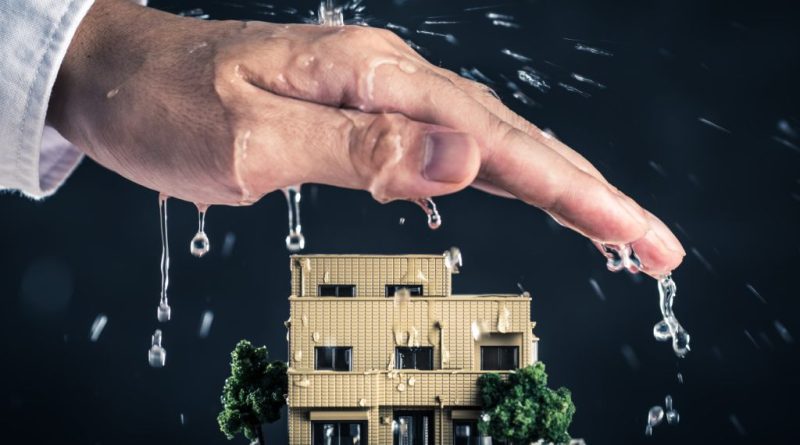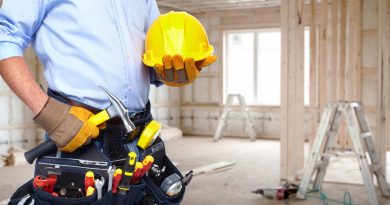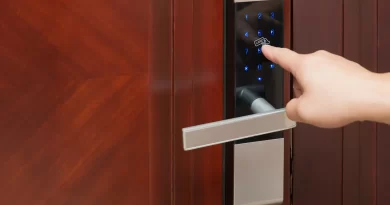Shielding Your Home: How to Safeguard Your Property from Water Damage
Post Content
Introduction: Understanding the Dangers of Water Damage
Water damage can be a major threat to your home, leading to costly repairs and even permanent structural damage. In extreme cases, it can even be a health hazard, causing mold and mildew to form. As a homeowner, it’s important to take proactive steps to ensure your property is protected and safeguarded against potential water damage.
The good news is that there are a wide range of effective strategies and solutions available to help guard your home from water damage. From advanced weatherproofing techniques to innovative solutions beyond traditional rain gutters, you can ensure your home and its contents remain safe and secure. In this blog post, we’ll explore some of these methods and arm you with the knowledge and know-how to keep your home water-damage free.
The Battle Plan: Essential Steps to Fortify Your Home’s Defense Against Water Intrusion
It’s always better to be proactive when protecting your home from water damage. Understanding where the threat is coming from is essential to developing an effective battle plan. Start by inspecting your roof for any potential weaknesses that might allow water to seep in. Look out for missing shingles and check the gutters and downspouts for blockages. Make sure these are cleared regularly to avoid excess water build-up.
Another important step is to inspect the home’s foundation. Check for any cracks or gaps that might let in moisture. If any are found, plug them with quality caulking material. It’s also worth considering getting a professional to undertake a thorough inspection of the foundation. This will help identify any hidden issues that may need to be addressed.
Rain or Shine: Exploring Weatherproofing Techniques for Enhanced Protection
Rain, snow, and extreme temperatures can all take a toll on your house and contribute to water damage. To safeguard against the elements, it’s important to undertake regular weatherproofing measures.
To prevent moisture from entering, you can fill gaps and seal windows and doors. Additionally, insulating attics and walls will help keep the interior temperature comfortable.
In addition, investing in a quality roof and flashings will help protect your home against precipitation. Keep an eye out for any signs of wear and tear, such as peeling shingles or broken flashings, and replace them immediately. Regularly inspecting and maintaining your roof is essential for protecting your home from water damage.
Reinforced Defenses: Beyond Rain Gutters – Innovative Solutions for Diverting Water Away
Many homeowners rely on traditional rain gutters as a first line of defense against water damage. However, there are additional methods of diverting water away from the home’s foundation. For example, installing a French drain – which is a trench filled with gravel and a pipe – helps channel away surface and subsurface water away from the home. This system can also help redirect water to desirable locations, such as compost piles or flower beds.
Downspouts can also be extended further away from the home, usually 8-10 feet, to help reduce the amount of water pooling around the foundation. Another good option is to install a drywell, which is a deep hole that’s filled with gravel, in a low-lying area.
This will help absorb water and send it away from the home. These are just a few innovative solutions that can help safeguard your property from water intrusion.
Flood Prevention 101: Key Measures to Keep Rising Waters at Bay
When it comes to protecting your home from flooding, prevention is key. There are a few key measures you can take to ensure rising waters don’t find their way into your property.
First, inspect your property to identify any potential sources of flooding. This can include any low-lying areas, areas prone to runoff from the street or streams, and any potential breaches in the walls or foundation of your home. Once these areas have been identified, you can begin taking steps to protect them.
Another key measure to take is to install and maintain a sump pump. This device can help manage the flow of water away from your home and help keep it dry. Additionally, you can also install non-permeable surface materials like asphalt and concrete around your property as a barrier against water damage.
Finally, make sure to regularly check your home’s drainage systems are working optimally and that any downspouts are pointed away from your home. With these steps, you can drastically reduce the likelihood of your home becoming flooded.
From Roofs to Foundations: Examining Vulnerable Areas and Applying Targeted Waterproofing Methods
It is important to evaluate and protect every area of the home against water damage. Roofs and foundations are particularly vulnerable and require extra attention to keep dry. Roofs are more exposed to the elements, so it is important to inspect them regularly for any damage such as cracked tiles or missing shingles. These can be repaired or replaced to protect the roof from water intrusion.
Foundations are another area of the home that needs specific waterproofing. A waterproofing membrane, damp-proofing, or sealants applied to the foundation can help keep out water. Additionally, proper drainage systems should be installed around the house to ensure water is diverted away from the property. This will help keep foundations dry and stop any water from pooling around the home.
Conclusion: Securing Peace of Mind – Expert Advice on Maintaining a Water-Damage-Free Home
When it comes to protecting your home from water damage, the best thing you can do is be proactive. Taking preventive steps and investing in smart solutions is the key to safeguard your property from potentially costly water damage. You have many choices to protect your home from water damage, such as rain gutters Las Vegas, weatherproofing, flood prevention, and targeted waterproofing.
By following the expert advice provided in this article, you can rest assured knowing that your home is well-protected and secure from water damage. By taking the necessary steps to secure your property from the elements, you can enjoy peace of mind knowing that your home is safe and sound for many years to come.




